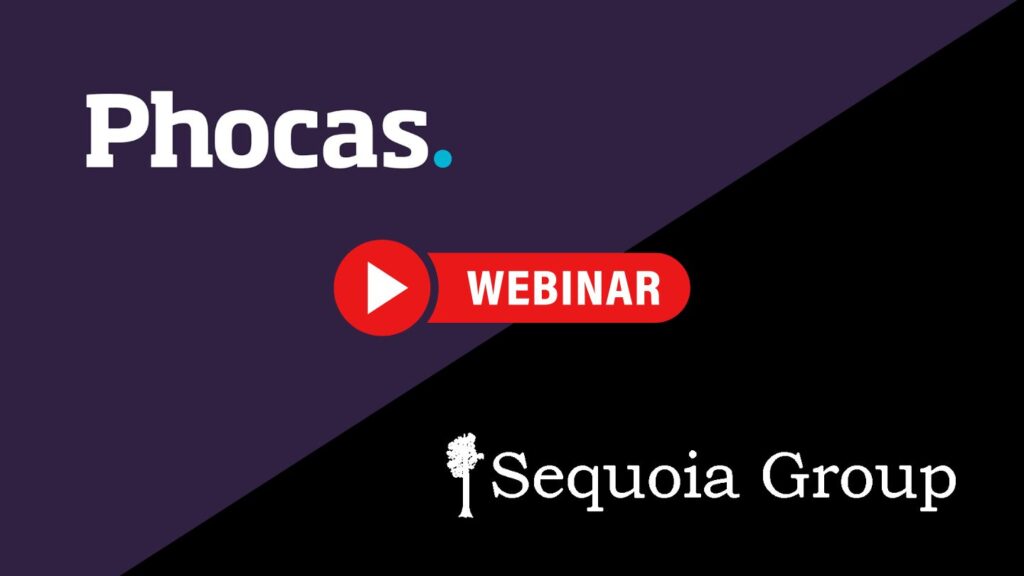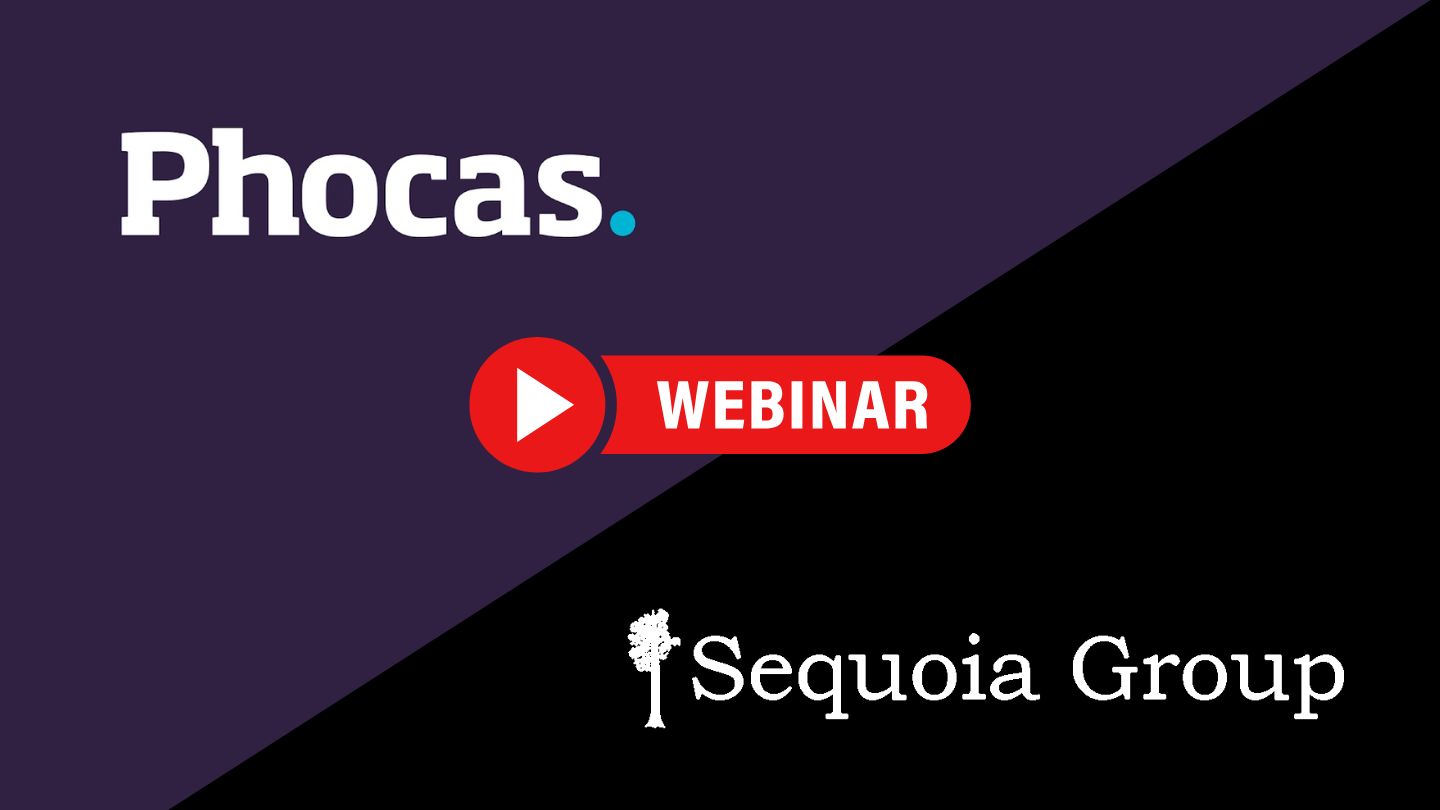Intro
Most distributors have more data than they can comfortably use. The challenge is not access. The challenge is turning ERP data into clear daily decisions for finance, sales, operations, and leadership. In this webinar recap, Phocas and Sequoia Group show how a practical analytics and FP&A stack on top of Infor gives teams a unified view of sales, inventory, and financials, plus the ability to drill to transactions, build flexible P&L formats, and forecast cash with confidence.
What you will learn
How Phocas centralizes Infor data for fast analysis by product, branch, customer, and margin
How non technical users build dashboards, run variance views, and drill to transactions
How financial statements, budgets, and rolling forecasts connect to deliver a single source of financial truth
How AI assisted queries and customer segmentation reveal opportunities and risks in minutes
How to move from yearly budgets to rolling forecasts that reflect real conditions
From scattered reports to one place to think
Phocas brings sales, purchasing, inventory, AR, and AP into a single analytics layer. Users click to run reports, compare current twelve months to prior twelve, and isolate growth or decline by customer, category, or product. Numbers are never a mystery because any value can be right clicked to see the exact invoices or journal entries behind the total. That builds trust and shortens decision cycles.
Finance that updates with the business
With Financial Statements, teams define P&L, Balance Sheet, Cash Flow, and Trial Balance formats once, then reuse them across the company. Branch managers see their branch. Executives compare divisions side by side. Actuals vs. budget updates with every sync. Percent of revenue and contribution views make trend spotting easier. Export to Excel preserves formatting for board packages or audits.
Rolling budgets and cash visibility
Budgeting & Forecasting looks and feels familiar while adding version control, task assignment, and an audit trail of how numbers were set. You can spread by trend, add driver sheets for headcount and benefits, reference operational databases, and publish final budgets back to reporting. A three way model ties P&L, Balance Sheet, and Cash Flow together so planned expenditures show downstream impact before you commit.
Practical AI and proactive alerts
Phocas AI allows plain language questions while showing how answers were assembled, which helps adoption. The Insights tool segments customers into groups like cannot lose or at risk using recency, frequency, and value, so your team knows where to act. Alerts and email subscriptions keep people informed on the cadence that fits their role.
Why this matters now
Distributors face margin pressure, shifting customer behavior, and operational complexity. The winners remove friction from decision making. When analytics and FP&A live in one place, your ERP investment works harder. People spend less time reconciling and more time improving outcomes.
Want to see it in your data
Sequoia Group helps distributors implement and optimize Infor, Phocas, and warehouse technologies so your teams can move faster with confidence.
Start the conversation:
• Learn about Infor CloudSuite Distribution: https://www.sequoiagroup.com/cloudsuite-distribution/
• Explore Tecsys WMS for warehouse visibility: https://www.sequoiagroup.com/tecsys-wms/
• See Locus Robotics for flexible fulfillment: https://www.sequoiagroup.com/locus-robotics/
• Contact Sequoia Group: https://www.sequoiagroup.com/contact/
Full Webinar Transcript:
Kaisa, Sequoia Group:
Thanks everyone for joining us. We are excited about this webinar. Sequoia Group is proud to partner with Phocas. You will see how their solution makes budgeting, forecasting, and reporting intuitive and actionable. It is already helping many of our customers. We are thrilled for you to learn from the Phocas team today. I will turn it over to Steve for a few thoughts.
Steve, Sequoia Group:
Thanks, Kaisa. We have been looking a long time for a solution like this. The struggle has been finding usable content. Phocas cleverly calls their packaged content the Packing List. We are excited to have action specific, action oriented information available for our base and we want to make a lot of noise about it. Thanks for joining us.
Kaisa, Sequoia Group:
Thank you, Steve. With that, I will hand it to the Phocas team to kick off.
Maria, Phocas:
Thanks, Kaisa and Steve. We are happy to be here and grateful for the partnership with Sequoia Group. Welcome to our “Phocas with Phocas” webinar. Today is all about how Phocas integrates with your Infor data to make analysis simple. My name is Maria Shelene. I have 15 years of experience delivering resource solutions. My colleague, John Septon, and I will walk through how Phocas brings BI and FP&A together to deliver easy insights.
In this session we will cover who Phocas is, the key challenges we hear from distributors, how Phocas solves those challenges, and then John will give a live demo.
Phocas exists to make people feel good about data. Not intimidated, not frustrated. Confident that your data is accurate, accessible, and actionable for everyone in the business.
We have been doing this for more than 20 years. We have a team dedicated to the Infor space with more than 170 Infor customers using Phocas to harness their ERP data for a 360 degree view of the business. We have eight offices across the US, UK, Australia, and New Zealand, nearly 3,000 customers, about 300 employees, and 40,000 global users. We are data agnostic and can connect to your CRM or other systems. We have completed more than 200 integrations and we provide a specific Packing List for Infor. We are proud of our 97 percent customer retention rate. It reflects how easy Phocas is to use and how much customers value the platform.
Here are the market themes we hear from distributors. Increasing pressure on pricing and margin driven by supply volatility and tariffs. The need for visibility into inventory and supplier performance. The need to adapt in time to shifting customer preferences. And the desire to keep pace even if you are not on the newest ERP release. Phocas helps maximize your ERP investment by uncovering insights you can turn into real results.
The foundation is our analytics platform. We centralize your Infor data in one place, so you can drill by product, branch, customer, and margin. It is built for non technical users. You can follow your train of thought, build unlimited dashboards, and refresh quickly.
We also provide Phocas AI. It is powered by ChatGPT through a private connection that does not retain your information. It helps new users learn how to get answers and shows the steps taken.
Our most common starting points are Financial Statements and Analytics as companion tools. Financial Statements connects finance, sales, and operations for a near real time view, so finance can refresh daily instead of waiting for month end. It is automated and flexible, so you can drill to transaction level details. You get a visual story of your business.
We are data agnostic and connect through multiple sources. Our Packing List for distributors is a complete solution that you can tailor. Beyond Financial Statements and Analytics, we offer Budgeting & Forecasting for a full FP&A solution, plus a lightweight CRM. Today we will focus on Analytics and Financial Statements and how they benefit everyone in your business. John will now show a live demo.
John, Phocas:
Thanks, Maria. I am John Septon. I have been at Phocas for 12 years. Before Phocas I worked for an electrical distributor. At Phocas I have managed implementation, pre sales, solution development, and partner work. I am excited to show you what we have.
On screen is our Infor solution. A solution is two parts. The integration to the ERP and the prebuilt Phocas content that pairs with that data. What you see is available out of the box on day one. We also share a Packing List that shows every item included.
On the left are our products. Phocas began as an analytics tool and we extended it to include Financial Statements, which provides an easy interface to build P&L, Balance Sheet, Cash Flow, and Trial Balance. Our Budgeting & Forecasting tool works with analytics or financials. You can create budgets for sales or for the P&L and move to a rolling forecast. We also offer Rebates and CRM. Today we will highlight Analytics, Financial Statements, and Budgeting & Forecasting.
Let us start with a Customer Scorecard. Phocas content types include Dashboards, Databases, Favorites, and Alerts. We train users on each. Creating dashboards is straightforward. Everything is designed for ease of use. The easier it is, the more people use it and the more value you get.
Favorites reference the analytics databases, such as Sales, Purchasing, Inventory, AR, and AP. You create a view in a database, save it as a Favorite, and return to it quickly. Dashboards combine business areas on one screen. For example, AR and Sales together for a customer scorecard. You can filter anything, such as by warehouse, and you can restrict users so each person only sees what they should. Think of each widget as its own report. If you want more detail, click Analyze to open the analytics database.
Inside the Sales database you control dates, choose streams like Invoices, Open Sales Orders, or Bids, and compare to budgets or to on hand inventory. Measures like value, quantity, cost, profit, margin can be toggled. Dimensions on the left are preconfigured for Infor customers, so users can immediately run reports by Customer, Customer Type, Sales Rep, Product Category, Supplier, Warehouse, and Product. Each click is a report and results are near instant. You can follow your train of thought, discover insights, grow revenue, improve margin, protect at risk customers, and find new opportunities.
Example. I want to know if my top customers are growing or declining. I turn on Variance Mode to compare the current 12 months to the previous 12 months. I can see total change and who increased or decreased. I can sort. I focus on a customer with a large increase and drill to Product Category, then to the exact products that drove the change. That prompts action. Do I need to adjust min max or reorder points. Should the rep call the customer to confirm future demand. I can assign a Favorite to the rep with instructions. This is how users create their own reports and share tasks.
The numbers are never a mystery. You can right click any number and open Transactions to see the detailed invoices or journal entries that make up the total. You can tie back to the ERP and build trust.
You can also grow sales with cross sell analysis. Use Matrix to check customers who buy some categories but not complementary categories. Save as a Favorite, add to a dashboard, or set an Alert to proactively notify when a condition is met. You can export to Excel or create visualizations with a click.
Phocas AI lets you ask plain English questions like who are my top customers. It returns the answer and shows how it was built, which helps adoption. We have a multi stage AI roadmap, including an Insights tool that segments customers into groups such as cannot lose, loyal, or at risk based on recency, frequency, and value.
Now to Financial Statements. The interface looks similar, with dimensions on the left and controls on top. Phocas gives authorized users access to customize statements. You can create multiple P&Ls, Balance Sheets, Cash Flow, and Trial Balance formats from the same data. For example, one P&L for branch managers and another for the board, both built from the same chart of accounts.
In the Statement Builder you define groups and calculations for revenue, cost of sales, gross profit, operating expenses, and so on. Then map chart of accounts into those groups, hide mapped accounts as you go, and create subgroups like employee expenses or travel as a subdimension. Save and you get a clean P&L view. Change columns to see previous period, year to date, current month, or all periods. Build custom column sets. Add percent of contribution and percent of revenue. Bring in budgets from the Budgeting & Forecasting tool and compare actuals to budget. Having a baseline matters because it tells you if performance is good or not.
You can also restrict by location so a branch manager only sees their branch, or pivot to show locations side by side, or group by division. Export to Excel with formatting retained. Right click to transactions to validate postings.
You can build advanced views with financial ratios by combining P&L, Balance Sheet, and operational metrics like customer count and working days. Build once and refresh with each data update. Balance Sheet, Cash Flow, and Trial Balance are included.
Question from audience about data refresh cadence. Analytics and Financial Statements follow the same schedule. Many customers refresh more frequently during month end. You can sync portions of data like only financials as you post journals.
Budgeting & Forecasting. Create a new finance budget, select the P&L format as the base, choose date range, prepopulate with history, and include comparison rows. Budget by month. Include the subdimension grouping you built for operating expenses. Assign lines to contributors and add instructions. Assigned users see their tasks and read only cells for others. You can change values directly or spread by percentage using prior year trends. Mark items complete as you go.
Use working lines and sum lines to show your math. Add driver tabs to reference other Phocas databases like Sales or Purchasing or currency tables. Use a Headcount driver to roll salaries, benefits, commissions into the correct GL accounts, with encryption. Use a three way budget for cash flow forecasting that brings together the P&L, Balance Sheet, and Cash Flow to see downstream impact of planned expenditures. We can schedule a deep dive with our specialist if you want to see that workflow.
Once complete, publish the budget to Financial Statements which creates a new budget stream for reporting.
Q&A highlights.
• Promotions and point style programs are possible if the data exists and can be flagged at the invoice line level or via a synced reference table. Once flagged, Phocas can report and segment accordingly.
• External display of dashboards requires attention to authentication and security. Viewer licenses can access dashboards and favorites. Subscriptions can email Excel snapshots on a defined schedule. Alerts notify when conditions occur.
• Management KPI dashboards can combine sales, purchasing, inventory, AR, AP, and can be scheduled by subscription.
Kaisa, Sequoia Group:
To respect everyone’s time, we will conclude. Thank you to John and Maria for an excellent session. If you would like a deeper demo, please reach out. We are grateful for our partnership with Phocas and excited to help. Have a great day.
Closing voices:
Thanks everyone.



